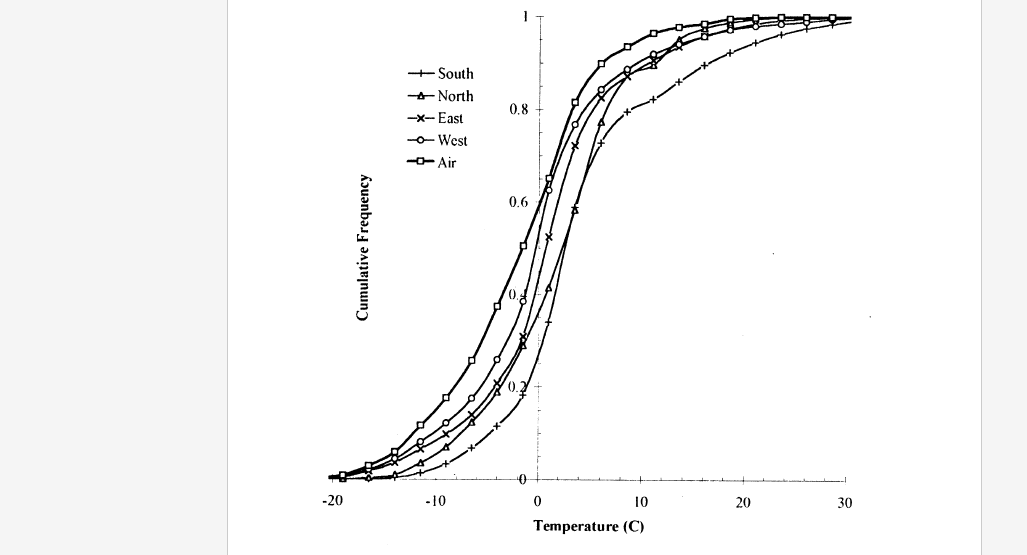1 Research Engineer, Building Engineering Group, Civil Engineering Department, University of Waterloo, Waterloo, Ontario, Canada, N2L 3G 1.
2 Professor, Depts of Civil and Environmental Engineering and Architectural Engineering, Pennsylvania State University, University Park, PA, USA
ABSTRACT
Masonry, particularly single-wythe brick veneers are a very common cladding for buildings. Brick veneers over insulated structures are often exposed to much more severe conditions than masonry in traditional uninsulated solid walls or in uninsulated cavity walls. Quantitative measures of brickwork exposure would be useful to designers, writers of test standards, manufacturers, etc. Such information is however, difficult to obtain.
As part of a larger research project, the exposure conditions of several brick veneers exposed to the south-western Ontario environment have been continuously monitored for over two years. Measurements included the temperature conditions within, across, and behind the claddings, the relative humidity behind and sometimes within the claddings, and the relative wetness and dryness of the brickwork at four locations per panel. The exterior temperature, humidity, windspeed and direction, and driving rain deposition were also measured.
The results of the monitoring have provided valuable information regarding the number and nature of freeze-thaw cycles, the powerful influence of sun and orientation, the difference in behaviour between thermally heavy and thermally light cladding, and the effect of cladding absorptance. This research has implications for the interpretation and development of freeze-thaw tests, the energy use of masonry clad enclosures, and provides guidance for designing joints for moisture and thermal movements.
8298.pdf



